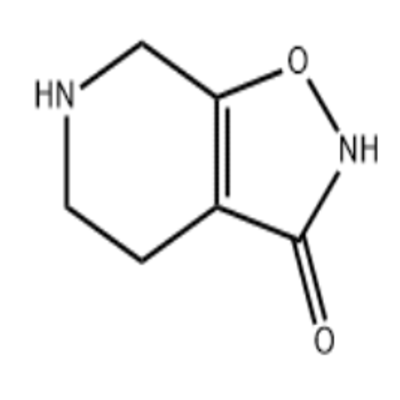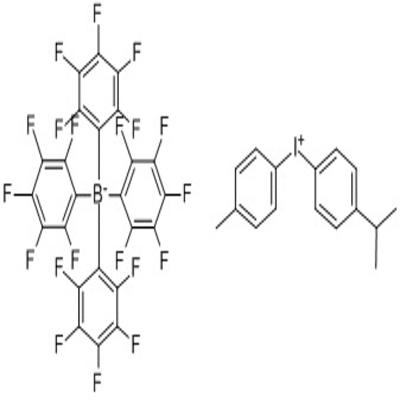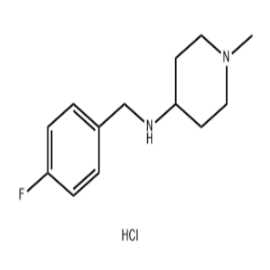-
Categories
-
Pharmaceutical Intermediates
-
Active Pharmaceutical Ingredients
-
Food Additives
- Industrial Coatings
- Agrochemicals
- Dyes and Pigments
- Surfactant
- Flavors and Fragrances
- Chemical Reagents
- Catalyst and Auxiliary
- Natural Products
- Inorganic Chemistry
-
Organic Chemistry
-
Biochemical Engineering
- Analytical Chemistry
-
Cosmetic Ingredient
- Water Treatment Chemical
-
Pharmaceutical Intermediates
Promotion
ECHEMI Mall
Wholesale
Weekly Price
Exhibition
News
-
Trade Service
The production process of 5-methoxypyridazin-3(2H)-one, also known as MOPON, is a complex multi-step process that involves various chemical reactions and purification steps.
The process can be broken down into several stages, including the preparation of the starting materials, the initial reactions, and the purification and isolation of the final product.
Preparation of Starting Materials:
The production of 5-methoxypyridazin-3(2H)-one begins with the preparation of the starting materials, which include aniline, hydrochloric acid, and a base such as sodium hydroxide.
Aniline is an aromatic amine compound, which is readily available in the chemical industry, while hydrochloric acid and sodium hydroxide are strong acids and bases, respectively.
Initial Reactions:
The initial reaction in the production of 5-methoxypyridazin-3(2H)-one involves the reaction of aniline with hydrochloric acid in the presence of a solvent such as water or an organic solvent.
This reaction results in the formation of N-chloroaniline, which is then treated with sodium hydroxide to form N-phenylglycine.
Purification and Isolation of Final Product:
The N-phenylglycine produced in the previous step is then subjected to a series of purification and isolation steps to remove any impurities or contaminants.
This can be achieved through methods such as crystallization, chromatography, and recrystallization.
The purified N-phenylglycine is then treated with a reagent such as methyl iodide to form 5-methoxypyrimidine-2,4-dione.
Final Step:
The final step in the production of 5-methoxypyridazin-3(2H)-one involves the reduction of 5-methoxypyrimidine-2,4-dione to form 5-methoxypyridazin-3(2H)-one.
This can be achieved through various reduction methods, such as hydrogenation or reduction with lithium aluminum hydride.
Quality Control:
The final product is then subjected to various quality control tests to ensure that it meets the required purity and composition standards.
These tests may include chemical analysis, spectroscopy, and biological testing.
Conclusion:
The production process of 5-methoxypyridazin-3(2H)-one involves several multi-step reactions and purification steps.
The process requires specific starting materials and chemical reagents, and the final product must pass rigorous quality control tests before it can be considered suitable for use in various industrial applications.
The production of 5-methoxypyridazin-3(2H)-one requires specialized equipment and facilities, and the process must be carried out in a safe and efficient manner to minimize the risk of accidents or environmental contamination.







